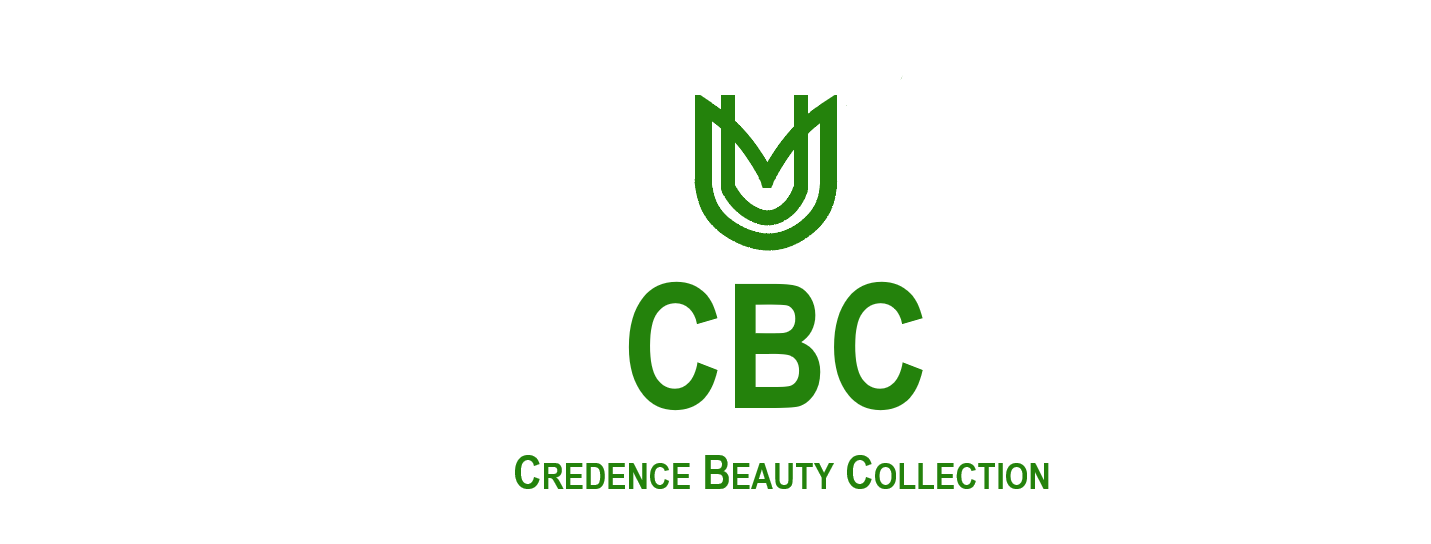Beauty is a complex and multifaceted concept that has been debated and explored by scholars, artists, and everyday people for centuries. While often perceived as a personal preference or a natural attribute, beauty is, in fact, a socially constructed phenomenon shaped by cultural norms, historical contexts, and power dynamics. The sociology of beauty seeks to understand how beauty standards are created, maintained, and challenged, and how they impact individuals and society as a whole.
Cultural Construction of Beauty
Beauty standards vary significantly across cultures and historical periods. What is considered beautiful in one culture or era may be deemed unattractive in another. For example, in ancient Greece, the ideal body type was characterized by a robust and athletic build, while in modern Western societies, thinness and fitness are often prized. Similarly, beauty standards differ across cultures, with some valuing fair skin and others preferring darker skin tones.
These variations highlight the cultural construction of beauty, which is shaped by a complex interplay of factors, including:
- Media representation: The media plays a significant role in shaping beauty standards, often perpetuating unrealistic and unattainable ideals.
- Social norms: Cultural norms and values influence what is considered beautiful, with certain traits or characteristics being deemed desirable or undesirable.
- Power dynamics: Beauty standards often reflect and reinforce existing power structures, with dominant groups imposing their beauty ideals on subordinate groups.
- Historical context: Beauty standards evolve over time, reflecting changing social, economic, and cultural conditions.
Impact of Beauty Standards
The sociology of beauty reveals that beauty standards have far-reaching consequences for individuals and society. Some of these impacts include:
- Body image issues: Unrealistic beauty standards can lead to body dissatisfaction, low self-esteem, and eating disorders.
- Social exclusion: Those who do not conform to dominant beauty standards may experience social exclusion, marginalization, or stigma.
- Beauty industry: The beauty industry profits from perpetuating beauty standards, often promoting products and services that promise to help individuals achieve unattainable ideals.
- Objectification: The emphasis on physical beauty can lead to objectification, where individuals are reduced to their physical appearance rather than being valued for their thoughts, feelings, and experiences.
Challenging Beauty Standards
In recent years, there has been a growing movement to challenge traditional beauty standards and promote greater diversity and inclusivity. This includes:
- Body positivity: Encouraging self-acceptance and self-love, regardless of body shape or size.
- Diversity in media representation: Increasing representation of diverse groups in media, including people of color, different ages, and abilities.
- Critical beauty studies: Scholars are critically examining the beauty industry and its impact on individuals and society.
- Social media activism: Social media platforms are being used to challenge beauty standards and promote alternative ideals.
Conclusion
The sociology of beauty highlights the complex and multifaceted nature of beauty, revealing how cultural norms, historical contexts, and power dynamics shape our understanding of attractiveness. By understanding the social construction of beauty, we can begin to challenge and subvert traditional beauty standards, promoting greater diversity, inclusivity, and acceptance. Ultimately, this can lead to a more nuanced and compassionate understanding of beauty, one that values individuality and promotes positive body image and self-



